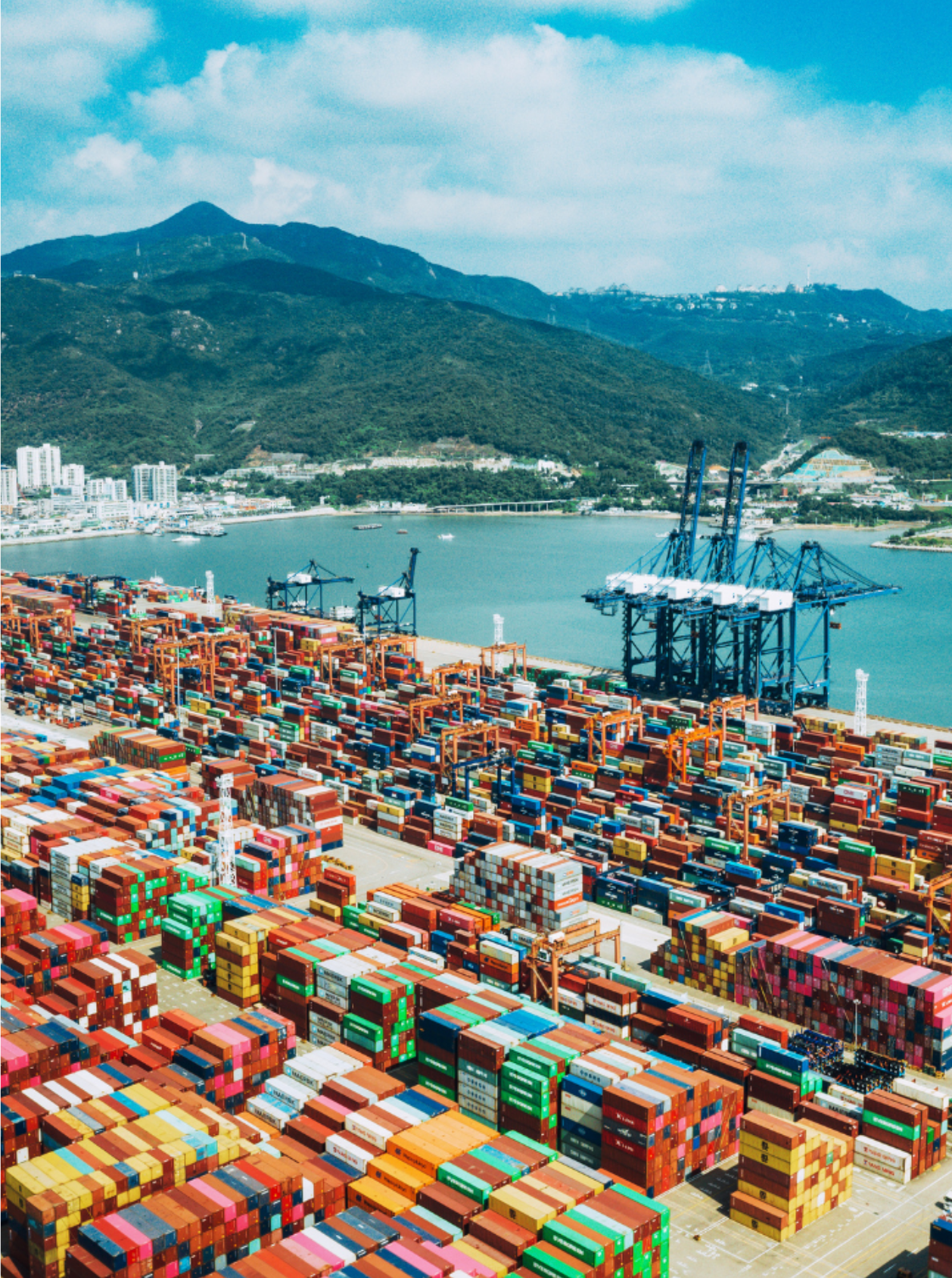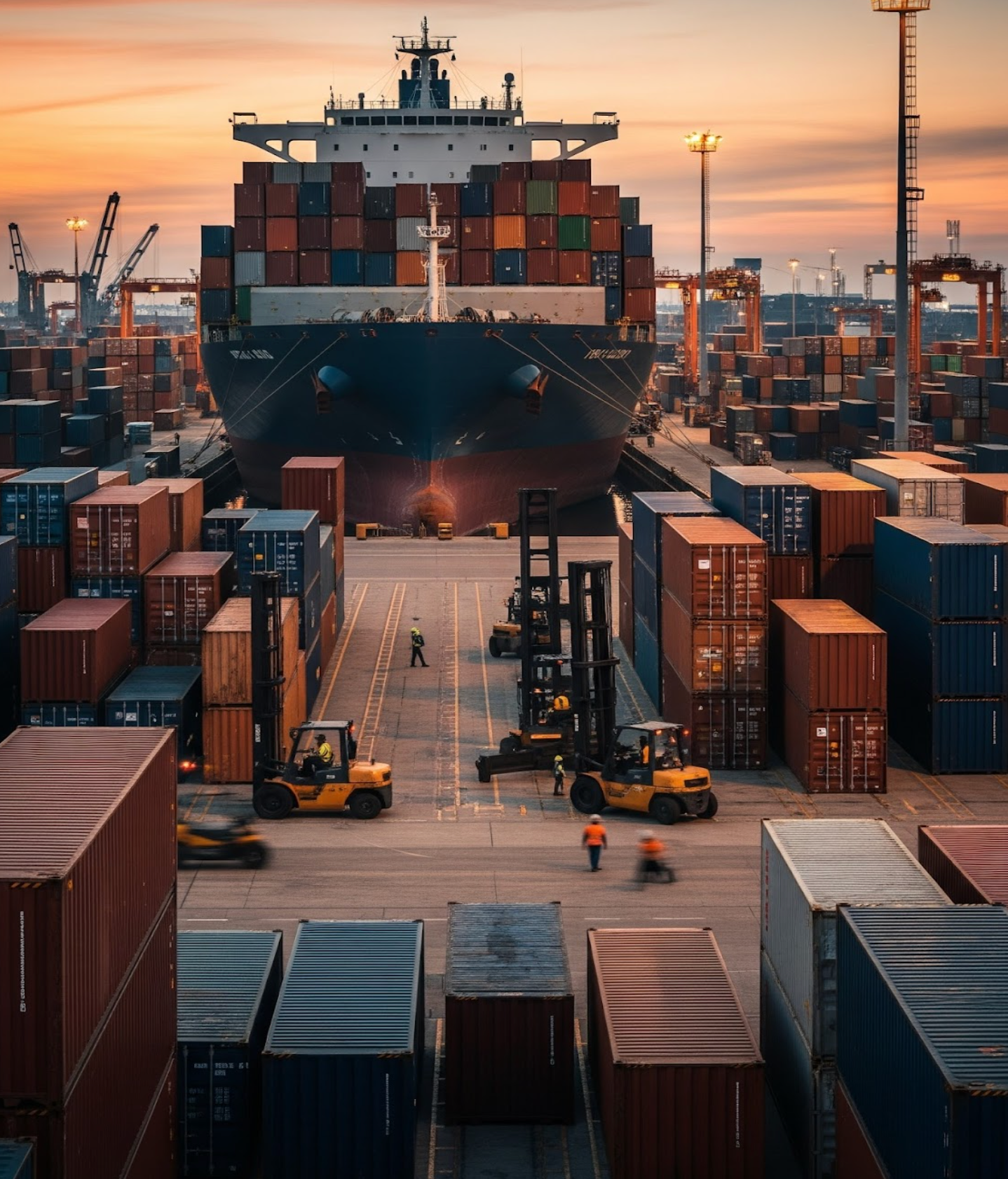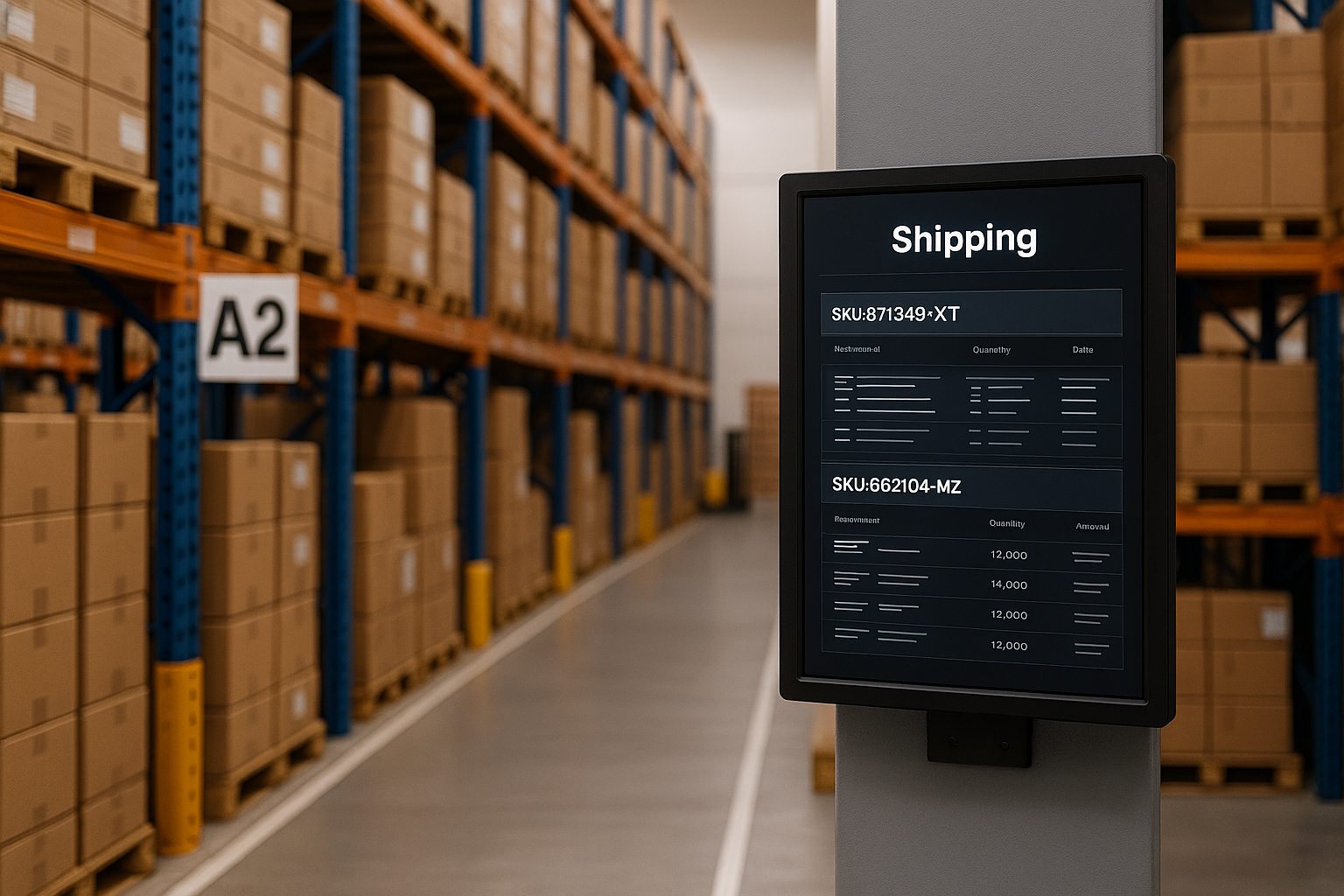Supply chain digitization prepares your company for resilient growth at any pace, and helps you seize opportunities to scale your business, whether you’re processing ten transactions a day or 10 million.
Managing transportation across complex supply chains can become messy and complicated quickly. Disconnected systems result in missed pickups, duplicate invoices, and additional fees that can add up. And if you're juggling manual data entry or reactive troubleshooting, you're always a step behind.
An integrated transport management system (TMS) makes these changes. When your transportation data flows cleanly across ERP, WMS, and carrier platforms, your team gets real-time visibility, fewer surprises, and better decisions.
This guide breaks down what an integrated TMS really is, the cost of fragmented systems, and how the right integration strategy can make your logistics faster, smarter, and more cost-effective.
What is an integrated transport management system?
A standalone TMS helps companies plan, execute, and track transportation. But when it sits in a silo, it creates as many problems as it solves.
An integrated TMS becomes the backbone of your entire transportation system, ensuring data moves accurately and efficiently between platforms.
That includes your:
- ERP (for orders, invoicing, procurement)
- WMS (for warehouse timelines and availability)
- Carrier APIs and portals (for tracking, documents, rate confirmations)
- Legacy systems using EDI or flat files
This is where application-to-application (A2A) and business-to-business (B2B) integrations come in. Whether your systems communicate via API, EDI, JSON, or CSV, an integrated platform enables them to communicate reliably with each other.
Integrated transportation management software plays a vital role in unifying these systems and enabling seamless supply chain planning.
Note: Integration isn’t a "set it and forget it" project—partners update formats. Systems change. Data drifts.
That’s why using a platform like Chain.io��’s supply chain integration platform matters—they manage the upkeep so your data keeps flowing.
Why fragmented transportation processes increase costs and complexity
Disconnected TMS workflows don’t just slow you down.
They quietly drain your budget:
- Missed pickups or late deliveries when warehouse and freight timelines aren't aligned
- Chargebacks and SLA penalties from incorrect or delayed data
- Rekeying errors when teams manually copy shipment details across systems
- Hidden costs when freight spend data isn’t linked to carrier performance
These inefficiencies affect every part of your supply chain processes and transportation operations.
When your team can’t see what’s happening in real-time, you can’t fix issues before they hit your bottom line.
Benefits of an integrated transport management system
Connecting your TMS to the rest of your tech stack doesn’t just eliminate busywork. It unlocks smarter planning and faster execution across your entire operation.
Here are the key benefits:
- Real-time shipment visibility
- Automated workflows that reduce labor and manual entry
- Better forecasting and cost control from unified data
- Faster partner onboarding without heavy IT involvement
- Seamless scaling as you add lanes, partners, or platforms
These benefits show up across teams:
- Ops leaders avoid rework and delays
- IT teams stop firefighting broken connections
- Executives get better reporting and control over spend
For logistics service providers and logtech platforms alike, this means smoother business operations, improved operational efficiency, and better customer service.
Streamlined load planning and routing
With clean data from across your systems, you can consolidate loads, reduce dwell time, and plan smarter across modes. That means lower freight rates and faster delivery.
Real-time freight tracking for timely delivery
Integrated systems let you see shipment progress across multiple carriers, geographies, and modes in one place. No more toggling between portals or waiting for updates.
Whether you're tracking shipments across the ocean, air, rail, or truck, a connected system gives you the updates you need without chasing down emails or logins. Real-time tracking is no longer optional—it’s essential for keeping customers informed and operations running smoothly.
Improved collaboration across the supply chain
Whether you're a freight forwarder or a shipper, integration means your partners get what they need—when they need it—without endless back-and-forth. Meeting customer demands and improving customer satisfaction becomes much easier.
Smarter spend management and cost reduction strategies
Linking cost and performance data means you know which carriers are worth the rate—and which are costing you more in delays and penalties. It also ensures proper documentation and helps manage demand more strategically.
Built for scalability and machine learning readiness
Chain.io feeds your tools with clean, structured data—the fuel your AI needs to work. As our CEO says, "Chain.io is the company that puts the gasoline in the AI engine."
Chain.io's foundation also supports your adoption of innovative technologies by delivering clean, consistent inputs to whatever tools you plug in next.
How integration helps optimize transportation management and reduce costs
When systems are connected, you can:
- Plan routes with better fuel and time efficiency
- Use automated logic to consolidate shipments
- Trigger proactive alerts for delays or disruptions
This isn’t theoretical. It's how companies mitigate SLA violations, reduce administrative costs, and enhance OTIF (on-time, in-full) delivery.
Integrated TMS solutions support this transformation by enabling a single platform to manage multiple modes of transport and scale across complex supply chains and transportation networks.
Your IT team also wins. Instead of maintaining brittle custom builds, they can rely on a single platform to handle updates, uptime, and support.
How Chain.io connects transportation management systems across the supply chain
Chain.io helps companies unify their transportation management systems (TMS) with other core logistics platforms, such as ERP, WMS, and carrier portals. It works with both modern and legacy formats—from APIs to EDI.
You don’t need a big dev team or months-long projects.
Chain.io comes with:
- Pre-built connectors to industry-standard systems
- Automated data mapping so data lands where it should
- Support for JSON, CSV, XML, email parsing, and more
It’s a low-lift way to manage complex transportation networks across multiple modes, vendors, and systems. It also supports digital transformation across your logistics processes, including warehouse management system integration, order management, and procurement.
This kind of connectivity relies on strong data flows and repeatable workflows, both of which are supported by automation in logistics and supply chain.
Make your transportation management more connected—and cost-efficient
Disconnected systems mean more fire drills, rework, and wasted dollars. With an integrated transport management system, you connect the dots between orders, shipments, costs, and partners—so nothing gets missed.
Chain.io makes this easier. Our logistics automation software is built for real-world complexity, from outdated legacy formats to customer demands for real-time updates.
Chain.io is designed for companies that want the highest ratings in supply chain management. We help you manage software integrations, vendors, services, and customers across every link in the chain.
Ready to reduce costs and simplify your transportation workflows?
Talk to our team about connecting your systems with Chain.io and building an integrated supply chain.







